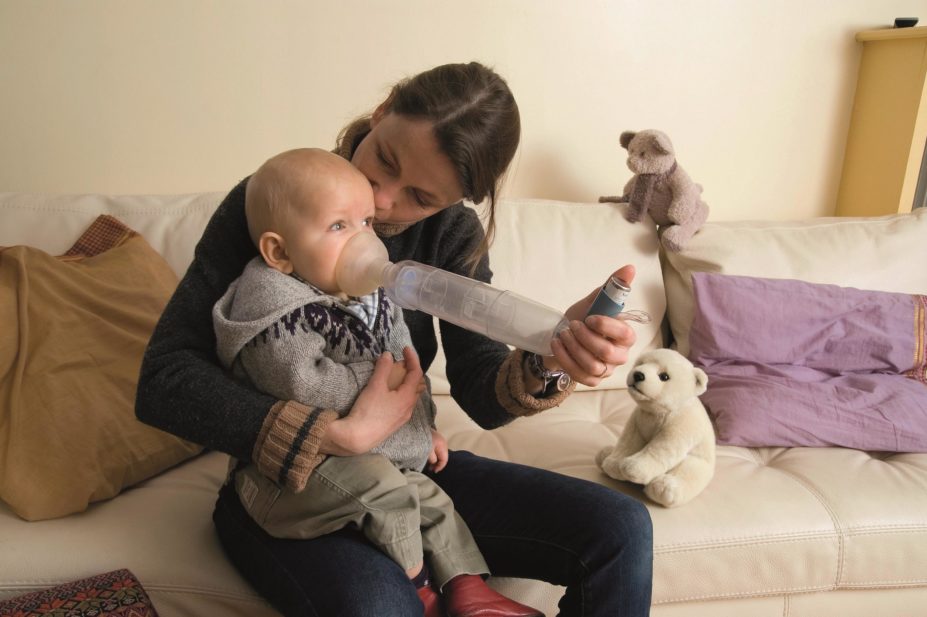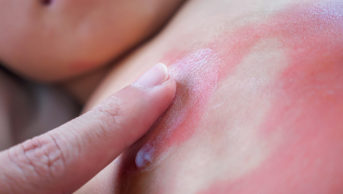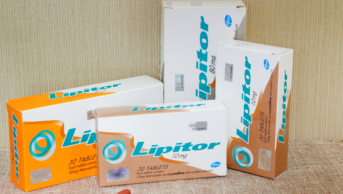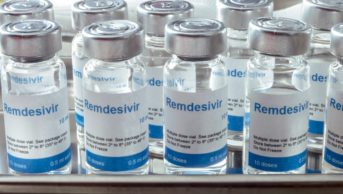
BSIP SA / Alamy Stock Photo
Infants who use inhaled corticosteroids during the first two years of life are short for their age, report researchers at the Annual European Society for Paediatric Endocrinology Meeting[1]
in Barcelona, Spain, on 3 October 2015.
The height difference was more pronounced in children taking the asthma medicine budesonide for more than six months.
“I was quite surprised by the magnitude of the effect,” says lead researcher Antti Saari from the University of Eastern Finland. The impact of corticosteroids on growth has previously been studied in older children, and was thought to alter growth only temporarily.
Stunting of linear growth in infancy may cause permanent loss of growth potential with decreased adult height, suggest the researchers. “These medications have been studied only little in infants,” he says.
Saari’s team collected data from more than 12,000 children (6,391 boys and 6,091 girls), including height and weight measurements, and drug purchases from birth to 24 months. The researchers looked at the height and age of each child at the age of two years, and compared this with historical use of the inhaled corticosteroids fluticasone and budesonide. Other aspects of medical history were also taken into account.
Although Saari concedes that there could be a potential bias between longer duration of inhaled corticosteroids and growth because of frequent infections in these children, he says that antibiotic exposure was used as a co-factor in their analyses. “I don’t believe that infections would explain all of the growth change,” he says.
In Finland, inhaled corticosteroids are only recommended for recurrent wheezers, says Saari. “There has also been a debate if they should not be used at all at that age [0–24 months],” he says. Saari’s real-world data support the current recommendation that infrequent wheezing should be treated with bronchodilators only.
The study confirms earlier research suggesting that inhaled corticosteroids used in infancy can interfere with bone growth, says Samantha Walker, director of research and policy at Asthma UK, “although it’s important to note that the impact is relatively minor”.
Inhaled corticosteroids are commonly found in preventer inhalers which help people to manage their asthma by reducing inflammation in the airways, she says. “Poorly managed asthma can substantially increase the likelihood of asthma attacks, hospitalisation and even death, and there is a wealth of evidence to show that inhaled corticosteroids reduce and control asthma symptoms.
“No parent should therefore stop their children taking these lifesaving medicines because a slight reduction in growth is a small price to pay for medicines that may save your child’s life,” says Walker.
References
[1] Saari A, Virta L, Dunkel L et al. Stunted growth after inhaled corticosteroid use during the first 24 months of life. Annual European Society for Paediatric Endocrinology Meeting (3 October 2015).


